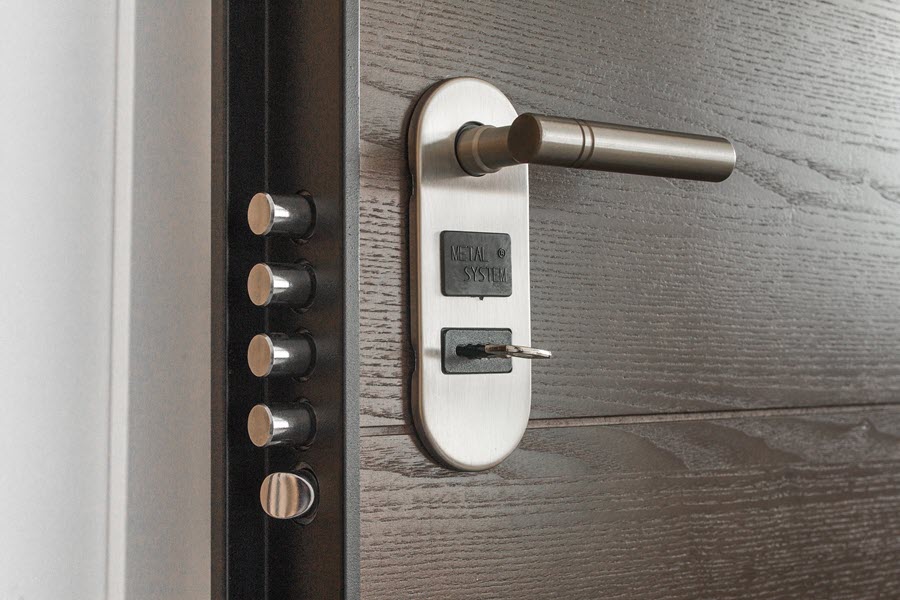
The kit you choose depends greatly on the smartphones and other digital devices you have.
For example, if you are an Android user, you will pick Google Home while you select Apple Homekit if you have an iPhone, iMac, iPad, or MacBook at home.
Since most devices and appliances in your home will be interlinked, make an informed decision for a better outcome.
Though Google Home and Amazon Alexa support an array of devices, Apple Homekit is the most restrictive one. You need to select the smart home ecosystem carefully to make things work seamlessly.
For example, asking Siri how to link contacts from iPhone to iPad will give you a more appropriate answer than Alexa.
Get A Hub
You can control all the smart devices and equipment in your home using your smartphone. Use your voice or an app to control appliances from anywhere. Having a combination of smart displays and smart speakers inside your house will allow the assistant to clearly hear your voice command.
To be able to control the smart devices remotely via voice control, you will need to leave them On all the time. However, buying smart switches can be an ideal alternative as the guests and kids can control the appliances without any confusion. You can also have traditional switches and smart switches placed side-by-side.
Most ecosystems allow the members of the house to personalize settings as per their individual preferences. Some voice assistants can even identify who among the members of the household is speaking. So, that way, today’s smart home infrastructure and assistants give you a more personalized experience than ever.
Have A Reliable WiFi
All the smart home devices in the ecosystem require uninterrupted WiFi connectivity. Most smart home equipment works on 2.4 GHz frequency, while several high-end devices operate on 5 GHz. The former has a longer range, while the latter allows faster speed. A rare and relatively latest WiFi protocol – WiFi 6E is even faster.
The latest WiFi 6E uses less power and supports more devices while offering better security. However, the devices you connect to WiFi 6E must support this internet protocol to establish a connection. Even though this protocol offers faster speeds, it covers a shorter range than the 5GHz, so that’s something you need to consider.
Congestion is another factor you need to keep in mind, particularly if you live in an apartment. It’s important to select a safe spot for the router as it impacts the speed and coverage.
Well, a number of DIY tips and tricks can help improve the speed of the WiFi. When assigning a password, use a combination of alphanumeric and special characters.
Things You Should Keep in Mind When Setting Smart Home
Setting up a smart home is not an easy task; you need to keep a few things in mind. The way you set up the smart devices and name them has direct implications on how these devices work.
- Set Up Smart Home Devices
Many big brands available in the market allow better compatibility with most smart home ecosystems. For example, both Google Home and Apple Homekit support Philips Hue bulbs.
However, most third-party smart home appliances will require the homeowner to use third-party apps for initial setup, configuration, and control.
- Place Devices in a Right Manner
Finding the best smart home gadgets is not sufficient; you need to select a smart spot for each device.
Make sure all the appliances are connected to a power outlet and receive a good WiFi signal. Before you install a device, make sure you check all accessibility factors beforehand.
- Pick Names Carefully
Follow a consistent naming convention when assigning names to smart appliances. Use precise voice commands for all the devices; else, they won’t work.
Assign names according to the room the devices are installed in, such as office fans or living room lights, for example. For multiple devices in a single room, number them along with the name of the room.
